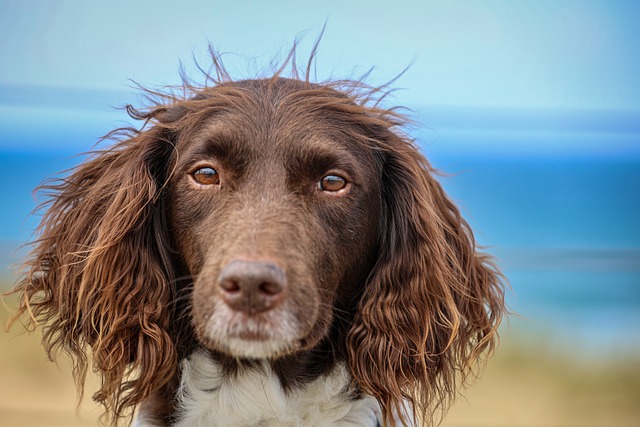
How can I tell if my dog's heatstroke is serious
Let’s be real: It’s a sticky August morning in Los Angeles, and you took your 2-year-old Golden Retriever, Max, for a walk a little later than usual
Watching your pup hesitate before jumping on the couch or limp a little after a walk can break a dog owner’s heart. Arthritis in dogs isn’t just about stiffness—it’s about balancing their need to move with the discomfort that comes with inflamed joints. The right exercise can ease their pain, keep muscles strong, and even lift their mood. But it’s not about pushing them; it’s about finding what feels good.
Short, frequent walks are often a great start. Think 10 to 15 minutes, a couple of times a day, instead of one long trek. Stick to soft surfaces like grass or dirt trails—concrete and asphalt can jar their joints. Many local parks have designated paths that work well, and keeping them on a leash helps you control the pace. If they slow down or stop, that’s their way of saying “enough for now.” Rushing them does more harm than good.
When the ground is too hard or the weather’s harsh, water can be a game-changer. Swimming or walking in shallow water takes pressure off their joints while letting muscles work. Some communities have dog-friendly pools or lakes with gradual entry points—just make sure the area is safe and clean. Even a kiddie pool in the backyard, filled a few inches deep, can let them splash gently. It’s low-impact, which is key for arthritis, and most dogs end up loving the cool relief.
 Gentle play can also count as exercise. Tossing a soft toy a short distance, letting them nudge a ball with their nose, or doing slow stretches together—these activities keep them moving without strain. Avoid anything that involves jumping, like fetching a frisbee, or sudden turns. The goal is to keep their body active, not test their limits. You’ll know it’s working when they seem more alert afterward, not drained.
Gentle play can also count as exercise. Tossing a soft toy a short distance, letting them nudge a ball with their nose, or doing slow stretches together—these activities keep them moving without strain. Avoid anything that involves jumping, like fetching a frisbee, or sudden turns. The goal is to keep their body active, not test their limits. You’ll know it’s working when they seem more alert afterward, not drained.
It’s just as important to know what to skip. Long runs, roughhousing with other dogs, or climbing stairs repeatedly can worsen joint pain. If your dog has arthritis, even a quick chase after a squirrel might leave them sore the next day. Pay attention to their cues—limping, panting more than usual, or avoiding certain movements are signs you need to dial it back. And always check with your vet first; they can suggest a plan that fits your dog’s specific needs, maybe even pairing exercise with other treatments.
Being a responsible dog owner means more than just providing exercise. It means cleaning up after them in public, keeping them leashed where required, and making sure their activity doesn’t disturb others. These small steps keep shared spaces friendly for everyone, including other pets and people. Plus, when you’re attuned to your dog’s comfort, you’re more likely to notice when something’s off—whether it’s a new ache or a happy wag that says “let’s go a little farther.”
The best exercise for a dog with arthritis is the kind that makes them feel like themselves—energetic, curious, and content. It might take some trial and error to find what works, but watching them move more easily, tail wagging as they explore, makes it worth it. Keep it gentle, keep it consistent, and always let their comfort guide you. That’s how you help them live their best life, even with arthritis.

Let’s be real: It’s a sticky August morning in Los Angeles, and you took your 2-year-old Golden Retriever, Max, for a walk a little later than usual

You're enjoying a summer afternoon at the park when you notice your dog has stopped panting and appears disoriented - their gums are bright red

Let’s paint the picture: You’re in your Denver apartment, watching your 4-year-old Boston Terrier, Ruby, plop down mid-play session with her favorite toy

Many dog owners notice their pets nails seem shorter after regular walks,but how much does this daily activity actually help?The answer depends on where you walk—concrete sidewalks or asphalt streets gently file nails as a dog's paws hit the ground

Most dog owners notice their pup scooting across the carpet at some point, but few connect it to impacted anal glands. These small sacs near a dog’s rectum secrete a scent for marking territory

Most vets agree that regular dog teeth cleaning is key to avoiding painful dental issues later. For healthy adult dogs, a professional cleaning at the vet’s office every 12 to 18 months usually works well.